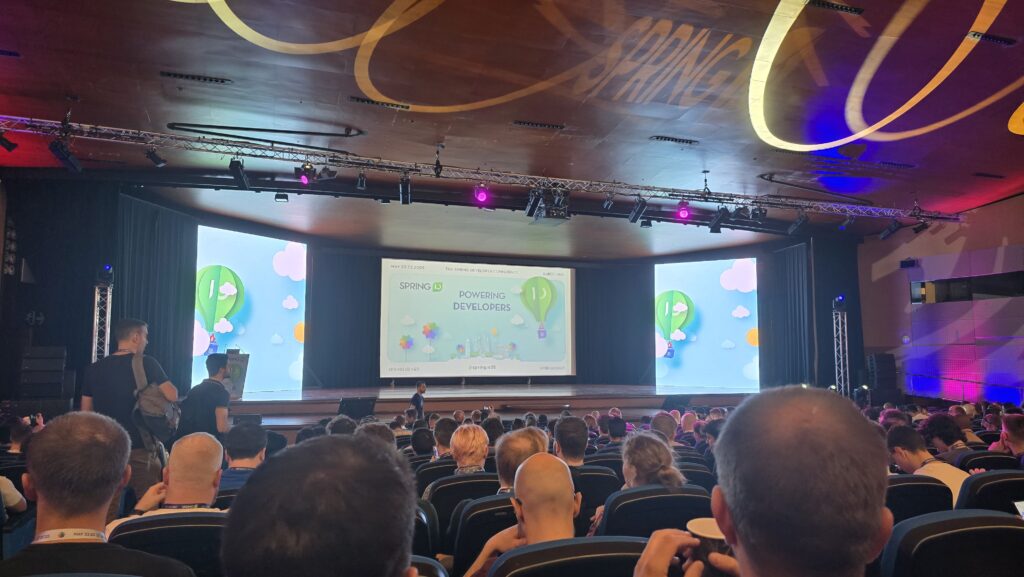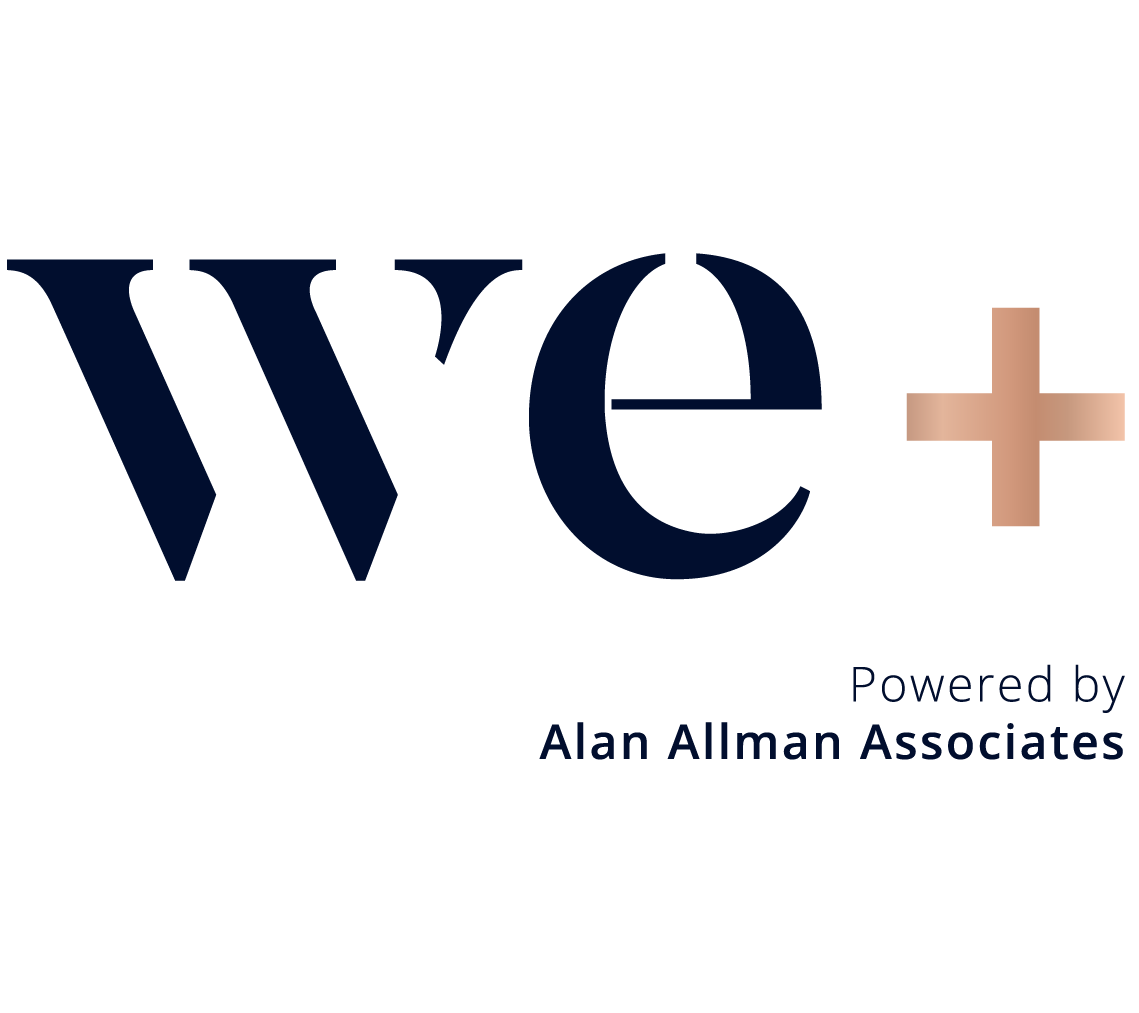At we+ Benelux, Java is like our mother tongue
If you, like us, build enterprise-grade solutions for your clients, then you know it’s nearly impossible to say Java without also saying Spring. And there’s no better place to stay up-to-date with the latest developments in the Spring ecosystem than the annual Spring I/O conference—with the added bonus of a visit to the beautiful city of Barcelona.
Thirty years later, writing Java in 2025 doesn’t have to be “boring” in fact, it can be just as exciting and forward-thinking as it was back in the day. Here’s to the next 30 years of Java—still going strong, and still moving forward.

Spring AI 1.0
Let’s be honest these days, you can’t say “revolutionary” without thinking about AI. It’s transforming not just how we write code, but how we approach and solve business problems daily.
Just before the conference, Spring AI officially released version 1.0 and it’s a big deal. Much like the original Spring Framework changed the game for building Java applications, Spring AI is poised to do the same for building AI-powered applications in Java.
Spring AI offers a solid foundation for creating agentic workflows and embraces the Model Context Protocol, enabling seamless integration between your AI systems and the outside world. While the full feature set of Spring AI deserves a dedicated deep dive, the live examples shown during the conference made one thing clear: this framework empowers Java developers to be at the forefront of building intelligent, real-world solutions with AI.
Spring AI is not just catching up, it’s setting the stage for the future of Java in the age of artificial intelligence.
Spring AOT and Project Leyden
How often have you heard someone say, “Java applications just start up so slowly” or “I don’t want to use Java because of its cold startup time”?
In today’s world of serverless functions, auto-scaling, and load-balanced microservices, startup time does matter. Solutions like GraalVM offer the ability to compile Java applications into native executables with blazing-fast startup times but using them can be complex and may introduce significant changes to your codebase.
Enter Project Leyden: the Java platform’s own initiative to tackle cold startup by introducing a reusable AOT (Ahead-Of-Time) cache. This cache captures much of the expensive work done by the JVM during startup and allows subsequent launches to skip those steps.
Spring is also pushing forward in this area, continuously expanding its own AOT capabilities, making it easier to optimize startup time without completely overhauling your code.
The results are promising. Demos at this year’s Spring I/O showed Spring applications starting up to 4x faster—a major leap forward for anyone building scalable, responsive Java services.
Java may have a reputation for slow starts, but that’s changing fast.
Spring Boot 4.0 and Spring Framework 7.0
One of the major highlights at the conference was the upcoming release of Spring Framework 7.0 and Spring Boot 4.0 the next step in the evolution of the Spring ecosystem.
At first glance, this release might seem more evolutionary than revolutionary. But under the hood, it introduces several new features that will make life easier for developers and lay important groundwork for the future.
Spring Framework 7 simplifies how we define and consume third-party HTTP services, dramatically reducing boilerplate code. It also introduces native support for API versioning, making it much easier to manage and evolve your APIs within a single codebase—something many teams have been doing manually for years.
Spring Boot 4, meanwhile, focuses on modernization behind the scenes. It updates many of the core dependencies across the Spring ecosystem and includes significant improvements to Ahead-of-Time (AOT) compilation. It also comes with some neat performance enhancements in Spring Data, ensuring your queries run with the same speed regardless if you use JPQL or CriteriaBuilder.
These may not be flashy changes, but together they represent a quiet revolution bringing more power, flexibility, and performance to modern Java development.
And… the best is yet to come!
Spring I/O 2025 wasn’t just a celebration of Java’s 30-year legacy—it was a clear signal that the best is yet to come. From the debut of Spring AI to the practical advances in AOT performance and the thoughtful evolution of Spring Boot 4.0 and Spring Framework 7.0, the Spring ecosystem continues to lead the way in making Java both powerful and modern.
Whether you’re building high-performance cloud-native services, experimenting with AI-driven workflows, or just trying to simplify your API design, the tools coming out of Spring I/O this year give Java developers everything they need to thrive in the next decade of software development.
We walked away from Barcelona inspired, re-energized and more confident than ever that Java isn’t just staying relevant. It’s setting the pace.
An insight by Gert Dubois

